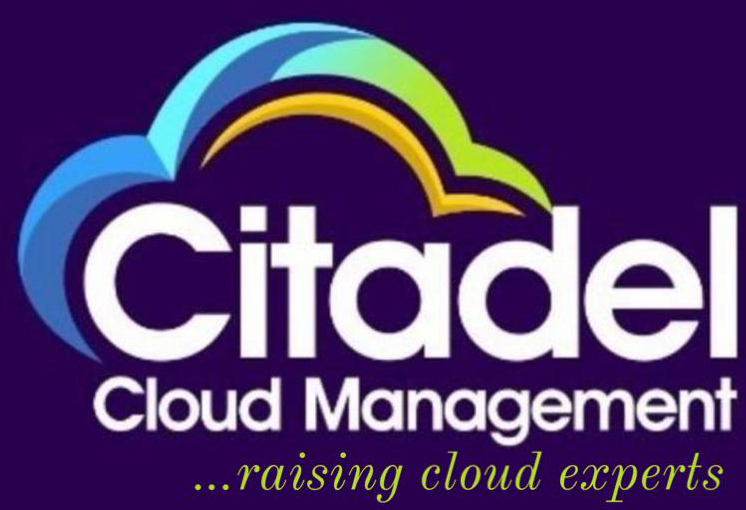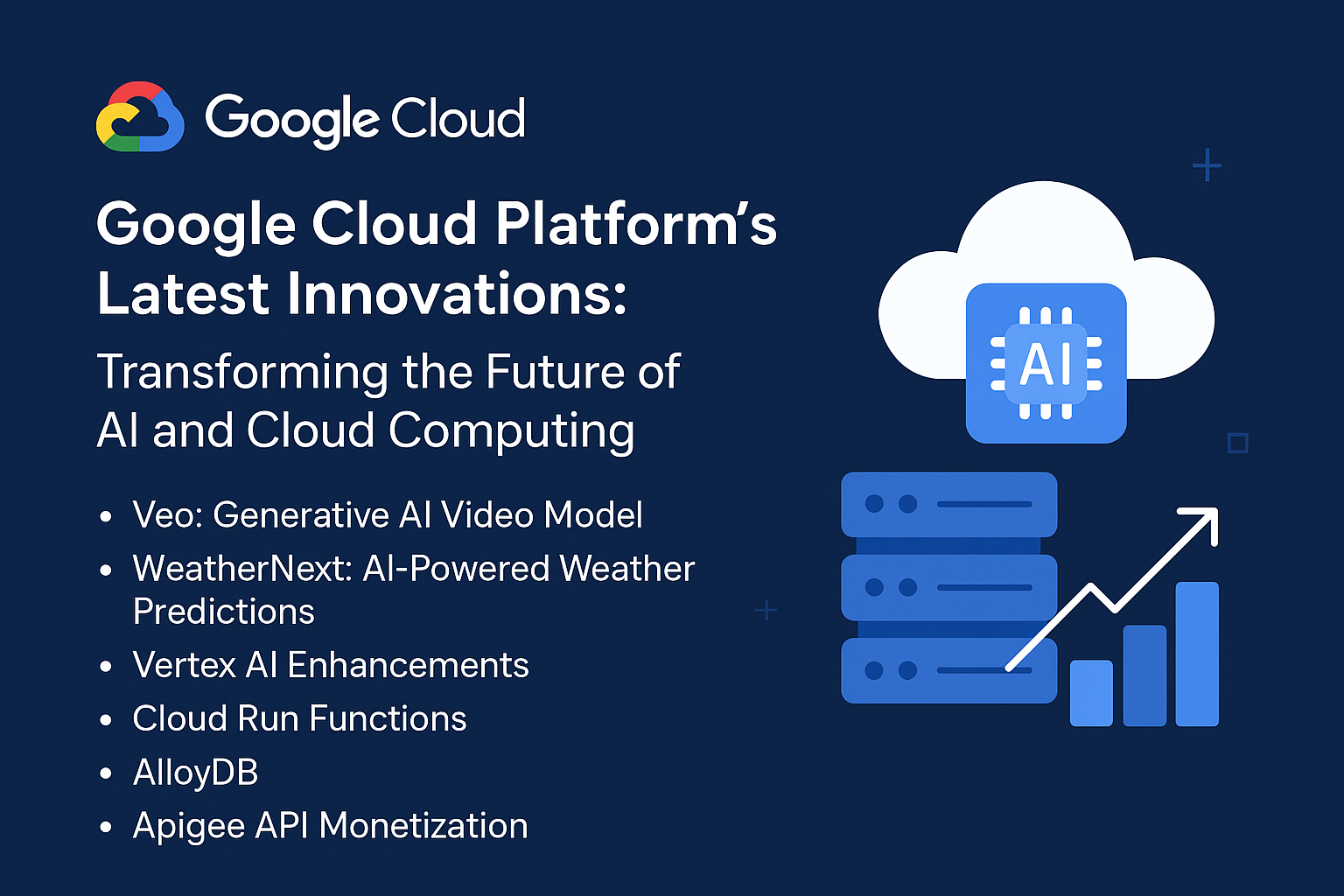Table of Contents for “The Evolution of Cloud SaaS: Where Are We Headed?”
- Introduction to Cloud SaaS
- Early Days of SaaS: The On-Demand Model
- The Rise of Multi-Tenancy and Virtualization
- Expansion into Vertical Solutions
- The Move Toward Hyper-Scalable and Serverless Architectures
- Security and Compliance Concerns in the Cloud
- AI and Machine Learning in SaaS
- The Shift to Industry-Specific SaaS Solutions
- The Role of Integration and APIs in Modern SaaS
- The Future of SaaS: Trends and Predictions
- Conclusion
1. Introduction to Cloud SaaS
Elaboration:
Software as a Service (SaaS) has fundamentally transformed the way businesses consume and interact with software. It allows users to access software applications over the internet, typically through a subscription model, instead of having to install and maintain software on individual computers. The cloud provides the infrastructure that supports SaaS applications, making them more scalable, accessible, and cost-effective.
Resources:
2. Early Days of SaaS: The On-Demand Model
Elaboration:
In the early 2000s, SaaS began to evolve from the traditional on-premise software model. SaaS offered businesses a more affordable, flexible alternative where they no longer needed to worry about physical infrastructure, installation, or updates. Companies like Salesforce pioneered the concept of on-demand software delivery, particularly for customer relationship management (CRM).
Resources:
3. The Rise of Multi-Tenancy and Virtualization
Elaboration:
As SaaS platforms grew, so did the need for more efficient use of hardware resources. Multi-tenancy allowed different customers (tenants) to share the same instance of the software while maintaining data isolation. Virtualization technologies enabled this, providing scalable resources and minimizing costs.
Resources:
4. Expansion into Vertical Solutions
Elaboration:
As the demand for SaaS grew, so did the variety of solutions offered. SaaS providers began to develop more specialized tools for specific industries, creating vertical SaaS solutions. These solutions tailored features, workflows, and tools to industries like healthcare, finance, and retail.
Resources:
5. The Move Toward Hyper-Scalable and Serverless Architectures
Elaboration:
Serverless computing and hyper-scalable architectures have become a key trend in the SaaS evolution. Serverless computing allows businesses to scale dynamically, eliminating the need for server management. Companies like Amazon Web Services (AWS) and Microsoft Azure have helped make these architectures more accessible, further enhancing the scalability and flexibility of SaaS applications.
Resources:
6. Security and Compliance Concerns in the Cloud
Elaboration:
As more sensitive data migrated to the cloud, the need for robust security and compliance frameworks grew. SaaS companies have had to ensure their platforms comply with data protection regulations like GDPR, HIPAA, and others. Encryption, multi-factor authentication, and constant vulnerability testing have become standard practices in maintaining secure SaaS offerings.
Resources:
7. AI and Machine Learning in SaaS
Elaboration:
Artificial Intelligence (AI) and Machine Learning (ML) have begun playing an integral role in SaaS, enabling more personalized experiences, predictive analytics, and automation. By integrating AI and ML, SaaS companies are improving decision-making capabilities and offering new features, such as chatbots, data insights, and automated workflows.
Resources:
8. The Shift to Industry-Specific SaaS Solutions
Elaboration:
Beyond general-purpose SaaS, there has been a surge in demand for industry-specific solutions that address the unique needs of businesses in sectors like healthcare, retail, and manufacturing. This trend toward specialized SaaS solutions ensures businesses receive customized functionality designed for their specific needs, offering a more competitive edge.
Resources:
9. The Role of Integration and APIs in Modern SaaS
Elaboration:
As the number of SaaS applications grows, the need for seamless integration has become more critical. Modern SaaS applications rely heavily on APIs to connect with other platforms and third-party applications, enhancing functionality and user experience. This interconnectedness fosters efficiency and reduces the silos that can arise in businesses using multiple SaaS tools.
Resources:
10. The Future of SaaS: Trends and Predictions
Elaboration:
The future of SaaS is bright, with emerging trends such as low-code/no-code platforms, AI-driven decision-making, and even greater personalization on the horizon. SaaS providers will also likely see more consolidation as companies seek integrated solutions across different business functions. Another trend to watch for is the increased emphasis on data privacy and user control over their data.
Resources:
11. Conclusion
Elaboration:
The evolution of Cloud SaaS has been transformative, enabling businesses to scale and innovate more efficiently. As we continue to embrace AI, machine learning, and industry-specific solutions, the future of SaaS will see even more innovation and flexibility, making it an indispensable part of modern business operations. The next decade will likely bring deeper integrations, more data-driven insights, and more customized solutions.
Resources:
This structure can serve as a solid foundation for understanding where Cloud SaaS has come from and where it is heading in the future.

